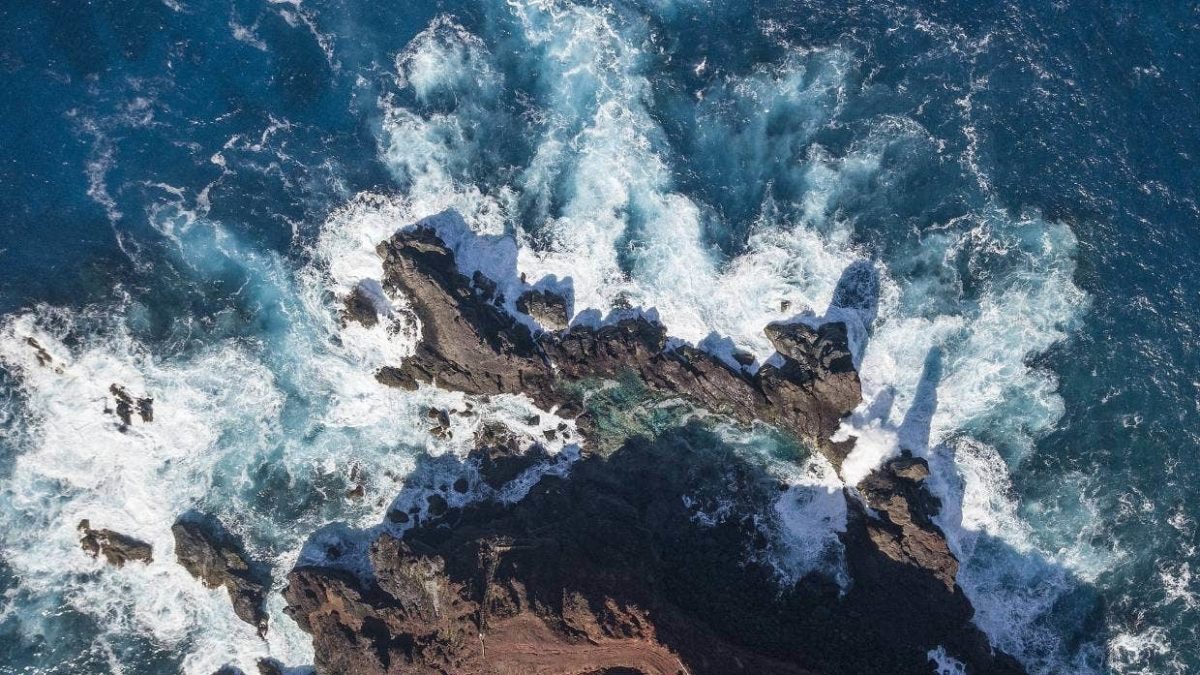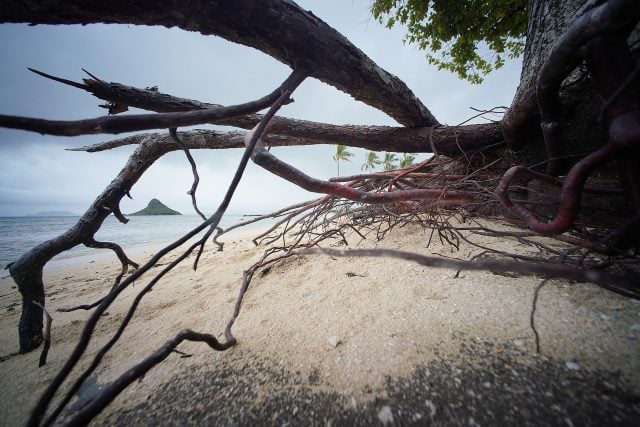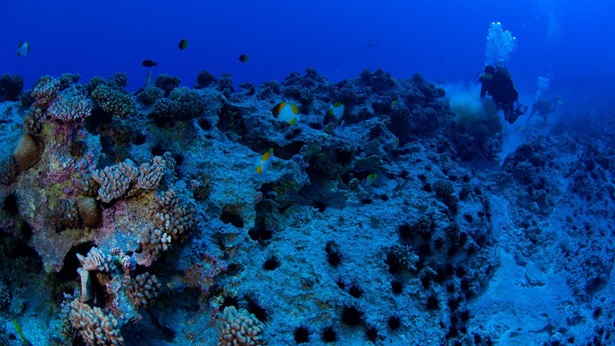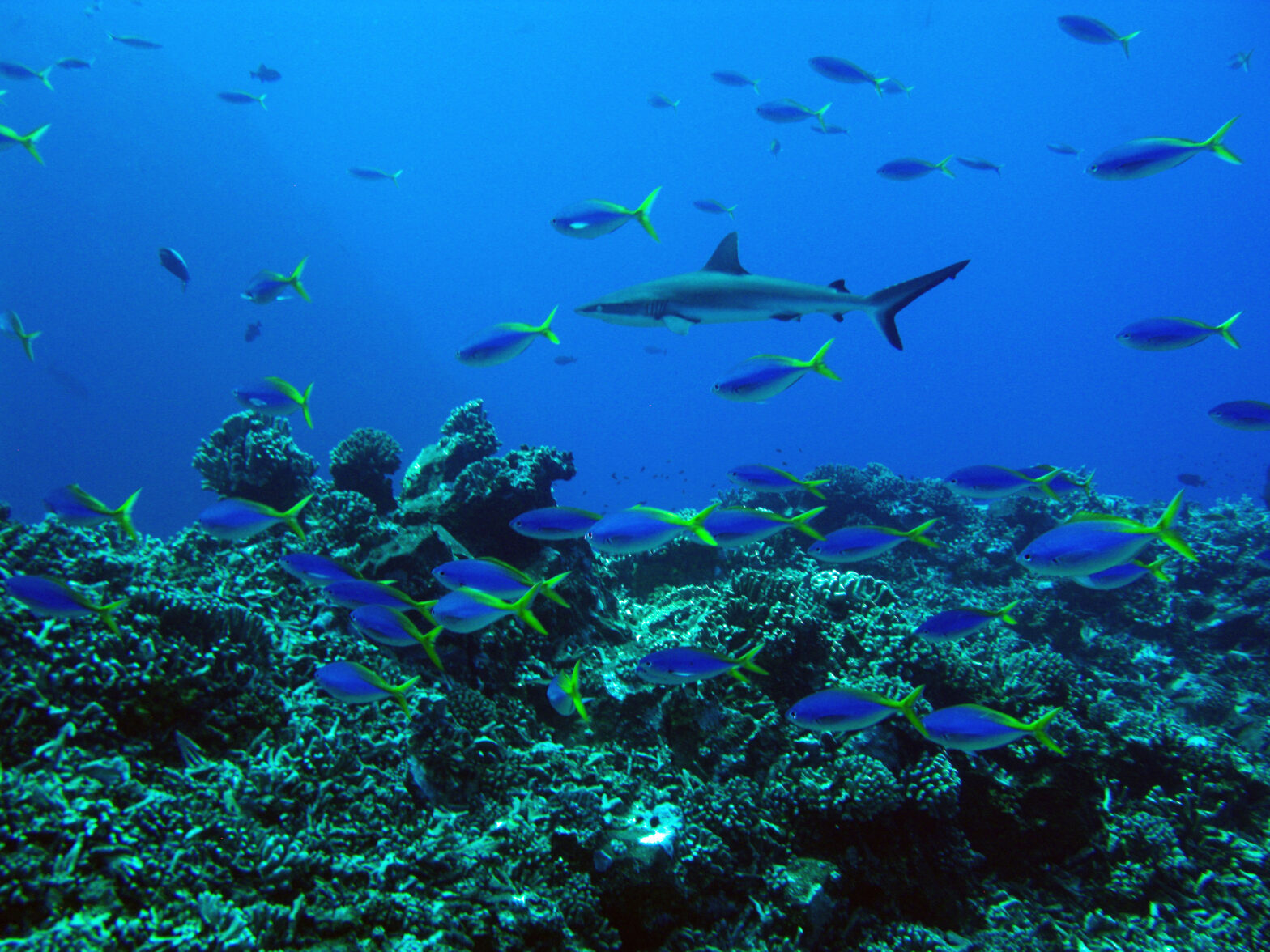Plucky residents on Pitcairn Island decided that Covid-19 wouldn’t halt vital climate change and marine conservation work.
The coronavirus epidemic has upended scientific research, with much fieldwork postponed or called off.
But not on Pitcairn Island, where plucky residents decided that Covid-19 wouldn’t halt vital climate change and marine conservation work.
Instead, Pitkerners are doing it themselves, embarking on a month-long expedition to the outer islands of Henderson, Ducie and Oeno.
They’ve taught themselves how to use cutting-edge camera technology, and undertake scientific and environmental surveys.
Mark Tomlinson, the British Government’s Administrator on Pitcairn, will lead the expedition from the Covid-19-free island.
“These things would normally be done with scientists or researchers coming out from the UK but because of Covid, it is very difficult to get experts out to join us.
“So, this expedition is heavily Pitcairn-led.”
Eleven islanders will live aboard their regular supply ship Silver Supporter, which will double as a research vessel.
They’ll deploy Baited Remote Underwater Video Stations or BRUVS from inflatable vessels and a jet boat to monitor the impact of climate change on Pitcairn’s pristine coral reefs, and collect data on fish prevalence.
Some will undertake bird and turtle counts onshore. Because of the island’s limited internet connectivity, the data will be uploaded to hard drives and shipped back to the UK.
Results will be collected from 46 stations across the four-island group, with GPS coordinates logged, so they can be revisited in the future.
The team will also check on the status of six tonnes of plastic debris collected from the beaches of Henderson Island in 2019. Almost every day, trash from every continent apart from Antarctica washes up on the uninhabited coral atoll.
Bad weather hampered the cleanup, but the Pitkerners will assess how to finally remove the debris and the levels of new litter.
“There’s been various bits of scientific data taken around Pitcairn and the other islands over time, but compared to other places in the world there hasn’t been a lot,” Tomlinson said.
“We are trying to track the health of the species, the marine protected area, and the coral reefs over time so that we can see how things are changing. It will do quite a lot of baselining for the scientific community if we get it right.”
In September 2012, Pitcairn Council voted unanimously to create the marine protected area (MPA) but since the islands are administered by the United Kingdom, the new reserve required the support of the British government.
That came in 2015 when it was designated the world’s largest continuous marine reserve. It is now the third-largest.
The islands have some of the cleanest waters in the world, a few of the planet’s remaining pristine coral reefs and abundant sea life. It is believed to be home to more than 1200 species of fish, marine mammals and birds.
This story was produced by Andrea Vance, published at Stuff NZ on 29 August 2021, reposted via PACNEWS.
Banner: St Paul’s pool, Pitcairn Island. A 834,000 sq km marine reserve surrounds the South Pacific islands. Photo: IAIN MCGREGOR/STUFF




